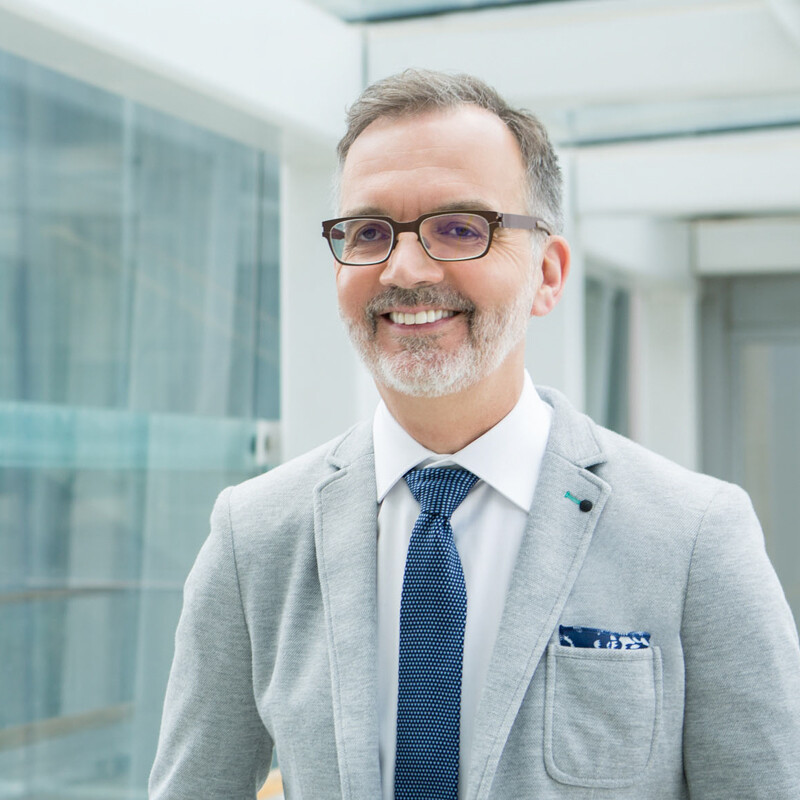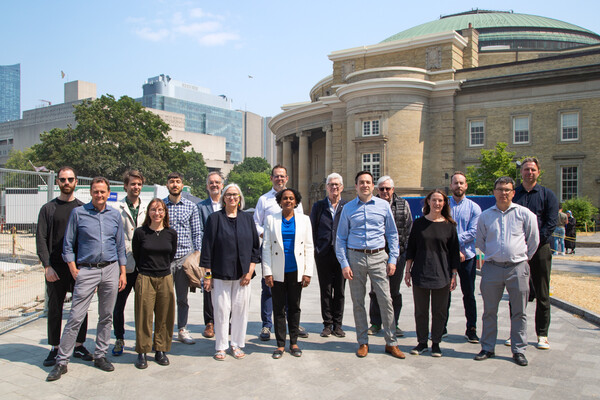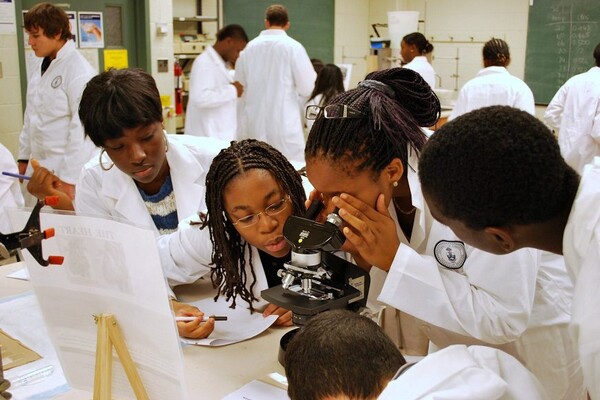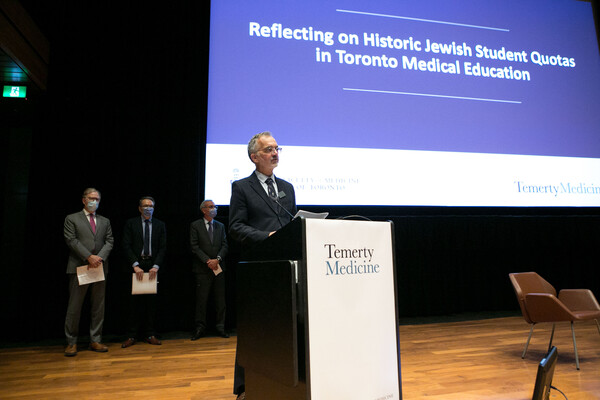Mobile Menu
- Education
- Research
-
Students
- High School Outreach
- Undergraduate & Beyond: Community of Support
- Current Students
- Faculty & Staff
- Alumni
- News & Events
- Giving
- About

 Innovation distinguishes between a leader and a follower. — Steve Jobs
Innovation distinguishes between a leader and a follower. — Steve Jobs
As an institution that aims to lead, we should seek to innovate. And over the last decade, the Faculty of Medicine has taken big steps in the realm of innovation. In 2007-08, we had 21 invention disclosures, while in 2017-18 we reached 54 — an increase of 150 per cent. In the same period, priority patent applications grew by 57 per cent and the number of patents issued internationally increased 50 per cent.
From 2013 to 2017, as reported on our Vitals website, the Faculty of Medicine accounted for more than a quarter of U of T’s new invention disclosures, 16 per cent of the University’s new priority patent applications, 15 per cent of its U.S. patents issued and 21 per cent of new start-up companies.
Our research discoveries fuel innovative applications. That means new therapies for patients, new products to improve health care delivery, and jobs for our graduates.
While the pace of our innovation has quickened, research funding from government sources has flatlined or decreased. For example, between 2010 and 2017, federal funding increased only negligibly — from $244 million to $246 million. As stated in the Naylor Report, between 2007-08 and 2015-16, total granting council expenditures declined at an annualized rate of one per cent, when adjusted for inflation.
That we’re sustaining our funding is thanks to our improved success in funding competitions. In the spring 2018 CIHR Project Grant Program competition, U of T Medicine (including on-campus and hospital-based researchers) had a success rate of nearly 20 per cent, compared to a national average of 14 per cent. Our share of total tri-council funding increased from 19.6 per cent in 2007 to 23.6 per cent in 2016.
As a result, we’ve turned to increasingly diversified sources to grow our funding. Between 2010 and 2017, research funding grew by more than 20 per cent — due in part to support from industry, which nearly doubled (from $32 million to $62 million. And our engagement with industry, using non-funded agreements as an indicator, increased by more than 60 per cent during the same period. We’ve also built strong strategic partnerships, such as JLABS Toronto and Neuroscience Catalyst, which have furthered discovery and collaboration.
Our strides in innovation are due to the ingenuity and entrepreneurial spirit of our researchers and students, but they also stem from an eco-system of innovation that has developed in and around the University. This includes the MaRS Discovery District, co-founded by our own Dr. John Evans, which has become the world’s largest urban innovation hub. MaRS provides many training opportunities for budding entrepreneurs, including their acclaimed Entrepreneurship 101 online course and a Certificate in Entrepreneurship, created with U of T’s School of Continuing Studies. Their venture services also work with over 1,000 ventures in Canada in four sectors, including health.
Within U of T, under the leadership of Vice President of Research and Innovation, Professor Vivek Goel, our commercialization as well as entrepreneurship and start-up support services have been reinvigorated. In the past five years, the University has fostered the development of more than 150 companies, making it Canada’s number one engine for research-based startups. U of T Entrepreneurship is helping students and researchers make the leap from idea to commercialization, aided by U of T’s accelerators, which includes Medicine’s own Health Innovation Hub (H2i). Co-led by Professors Joseph Ferenbok and Paul Santerre, H2i now has a roster of 27 ventures that it supports and mentors to help them innovate on health matters.
The University also offers more than 80 programs and courses that empower aspiring entrepreneurs to learn more about developing ideas and launching their own business. Among them is the Institute of Medical Science’s Translational Research Program (TRP), which welcomed its fourth cohort in September. This two-year master’s program helps build students’ ability to take discoveries out of labs and apply them in new ways.
Innovation is fueled by collaboration, and collaboration is the lifeblood of discovery. By harnessing our ideas and working with colleagues across the University and our extended network, the Faculty of Medicine is contributing new solutions and, in the process, developing new economic opportunities. That is leadership.
Trevor Young
Dean, Faculty of Medicine
Vice Provost, Relations with Health Care Institutions


